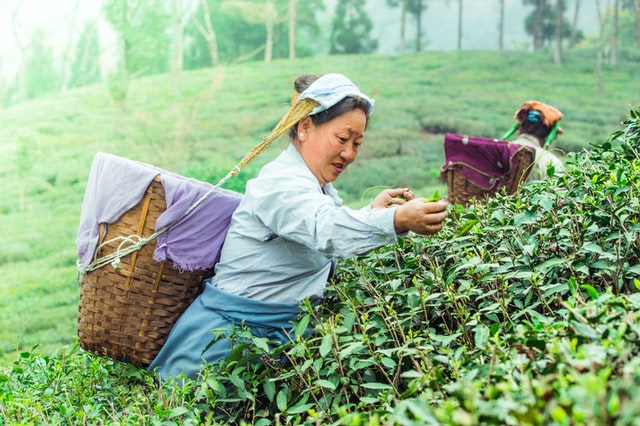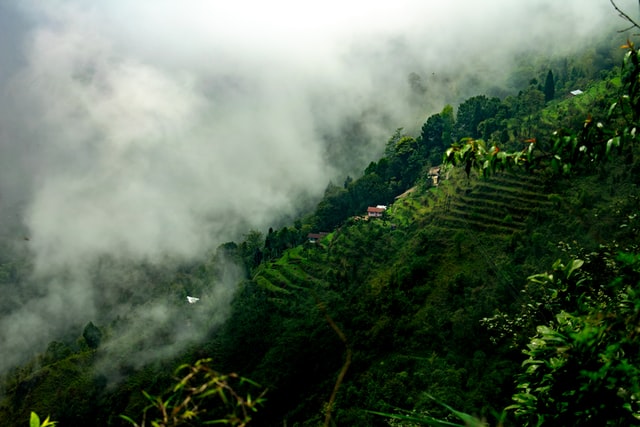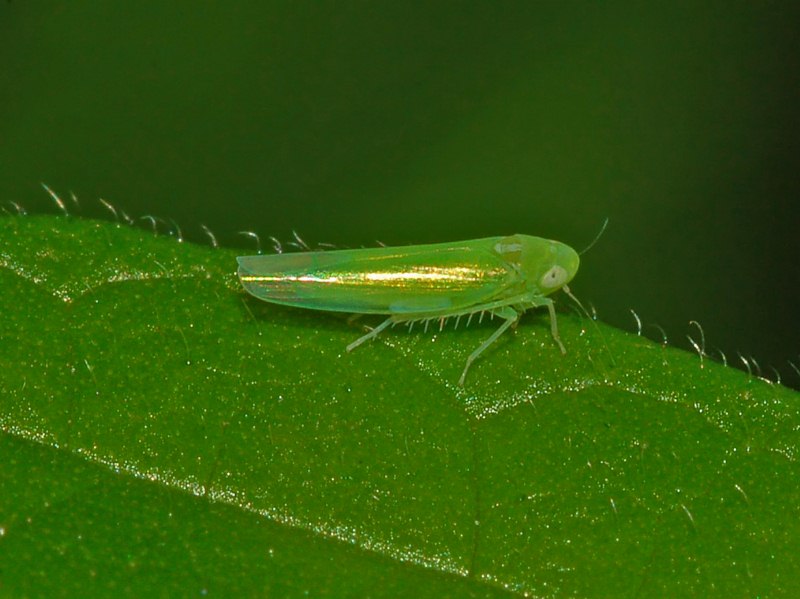How would you react if your favorite plant or a patch of your well-maintained garden was infested by pests? You wouldn’t stand it, of course. We are guessing a bit of investigation and a proper, thorough application of the best remedy your nearest or regular plantsman recommends. Meaning the best you can do to make the pests go away, right?. But if you ask a set of tea planters of a particular region during a particular season, they’d probably say, ‘Nay, they are most welcome.’ That’d be the most incredible thing you’d have ever heard. And we’d have to agree.
How much do the environment and its diversity affect the teas that we drink in terms of flavor, quality, strength, and character? How does one Darjeeling cup differ from the other, or how does one Assam have a particular flavor and its counterpart be devoid of that? Like the grapes of wine, the cultivation of tea and its flavors thereof too depend a great deal on terroir, the environmental factors of a region, an area. Like the climate, soil, terrain, et al. Let’s dig in further.

There are three main regions of tea production in India, and they are all very different from one another. Their teas too differ significantly in all aspects. For most people, tea is just tea. But when you get really interested and appreciate it, you’ll start to notice some quite obvious differences and some subtle nuances between regions first and then teas within the same regions. It takes a while but it’s definitely one greatly rewarding journey laden with a lot of history, stories, and perhaps some lessons in biology and ecology. It also makes one see these tea-growing regions differently. With a kind of reverence and mystery. How these magical lands turn these seemingly ordinary plants into these exceptionally uplifting and enriching drinks that all enjoy and some revel in throughout the world. And once you get into it there’s no going back and you only love it more with every sip you take of the various flavors that come every year, every season. It’s fascinating that even one day of rain can change the way a batch turns out.

Let’s look at Darjeeling. It’s synonymous with tea, isn’t it? So, what makes its teas so special? The steep, hilly terrain mostly covered in fog with 126 inches of rain annually (yes, that’s right 126 inches), sometimes has over 20 days of continuous downpour. But of course, there are nice, sunny, warm days too. The elevation of the contour ranges from 2000 ft to 6,700 feet. And as it faces the great Himalayas, cold winds rush through its face among the spurs and valleys. All of this may seem harsh, but it has made Darjeeling the finest tea-producing region in the world.
The Spring Flush brings in delicate flavors of the land and every estate produces greatly differing teas. For example, Jungpana Tea Estate rests unseen and is accessible only by foot. It has a unique biodiversity with dense pine forests toward its north and mountain streams that bring sweet, mineral-rich water to these rugged slopes. You will find nectarines and other fruits in the area fueled by clayey loamy soil that is reddish in color. All of these are transformed into the teas that it makes through spring with notes of unripe fruits, sweet greens, and wet wood. Every estate is unique with its own set of environmental factors that determine the way its teas taste.

Remember we talked about the infestation at the beginning of this? Yes, that happens in Darjeeling. Jassids, tiny green leafhoppers come around during summer. And they pierce leaves and stems to suck sap. This makes the tea leaves shrivel and look unwell. But what it also does is make the plants secrete a compound that starts the fermentation process and so the prized Muscatels are made.
These and many, many more diversities and quirks of nature make teas more interesting than they appear at first glance. We take great joy in relishing the many flavors that nature offers through each tea and we should take equal care to conserve and nurture these diversities of nature to be able to enjoy them for more time to come.

